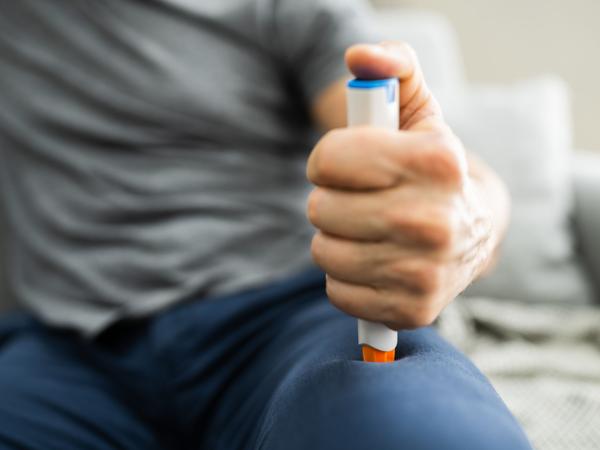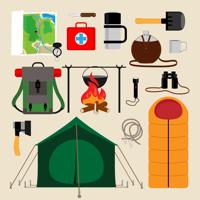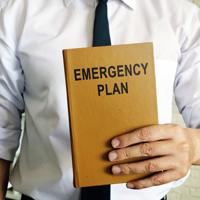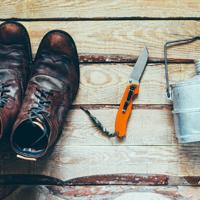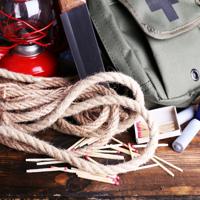Creating your own first aid kit can be a rewarding and educational experience. It gives you a sense of preparedness and understanding of what you might need in emergencies. There are a lot of options available, and while store-bought kits are convenient, customizing your own can ensure that it suits your specific needs and situations.
Why Build Your Own Kit?
Building your own first aid kit allows you to tailor it to your lifestyle, location, and potential risks. For example, if you are often out in remote areas, you might consider additional items that would be less necessary in urban settings.
Here are some reasons why you might consider crafting your own:
- Personalization: Include medications and supplies specific to your health needs.
- Education: Gain valuable knowledge about the functions of each item.
- Flexibility: Adapt the kit’s contents based on upcoming activities or trips.
Basic Components of a First Aid Kit
Every first aid kit should start with some fundamental items to cover a range of potential situations. Here’s a list to help you get started:
- Adhesive Bandages: Multiple sizes for minor cuts and scrapes.
- Sterile Gauze Pads: Useful for larger cuts or wounds.
- Adhesive Tape: To secure bandages and splints.
- Antiseptic Wipes or Solution: For disinfecting wounds.
- Tweezers: For removing debris like splinters or ticks.
- Scissors: Preferably blunt-tipped for safety.
- Cold Pack: Reduces swelling from minor injuries.
- Antibiotic Ointment: Helps prevent infection in minor cuts.
- Gloves: Preferably non-latex to avoid allergic reactions.
- First Aid Manual: A useful guide in stressful situations.
Personalizing Your Kit
Once you have the basics, you can expand your kit based on your personal needs and potential emergency situations.
- Prescription Medications: Keep extra doses of necessary medications.
- Pain Relievers: Include both acetaminophen and ibuprofen.
- Allergy Medications: Such as antihistamines or an EpiPen if severe allergies exist.
- Burn Creams: For minor burns.
- CPR Mask: Provides a safer means to perform mouth-to-mouth resuscitation.
- Emergency Blanket: Helpful in preventing hypothermia.
Consider Your Environment
The environment you are most active in should greatly influence what goes into your first aid kit. Here are a few scenarios:
- Urban Setting: Emphasize items for cuts and personal care.
- Outdoor Wilderness: Consider adding items like a snake bite kit or reflective mirror for signaling.
- Coastal Areas: Sunscreen and insect repellent become more critical.
Tips for Organization
- Waterproof Container: Using a durable, waterproof bag or box can keep your items safe and dry.
- Labels: Use clear labeling to find items quickly.
- Regular Checks: Periodically review and update your kit. Replace expired items and adjust contents based on upcoming activities.
Learning and Training
Having the right items on hand is only part of the solution. Online resources and local classes can provide practical knowledge:
- Red Cross: Offers various first aid and CPR certification courses.
- Wilderness First Aid Courses: Ideal for those venturing far from civilization.
Conclusion
Building a DIY first aid kit empowers you to handle emergencies with more confidence. It reflects your understanding of your environment and personal health needs. Everyone faces different risks, and there’s no one-size-fits-all approach, but having a versatile, well-considered kit is an excellent step toward greater preparedness. Approach this task with attention to detail, and continually adapt as you learn and experience new things.
References:
